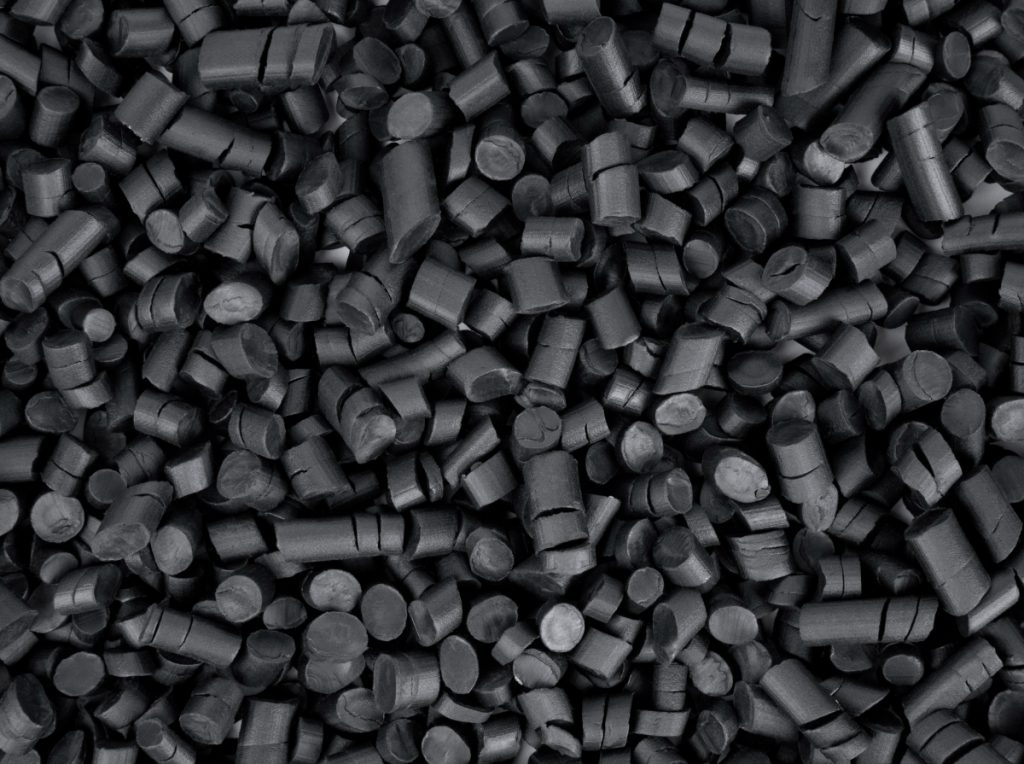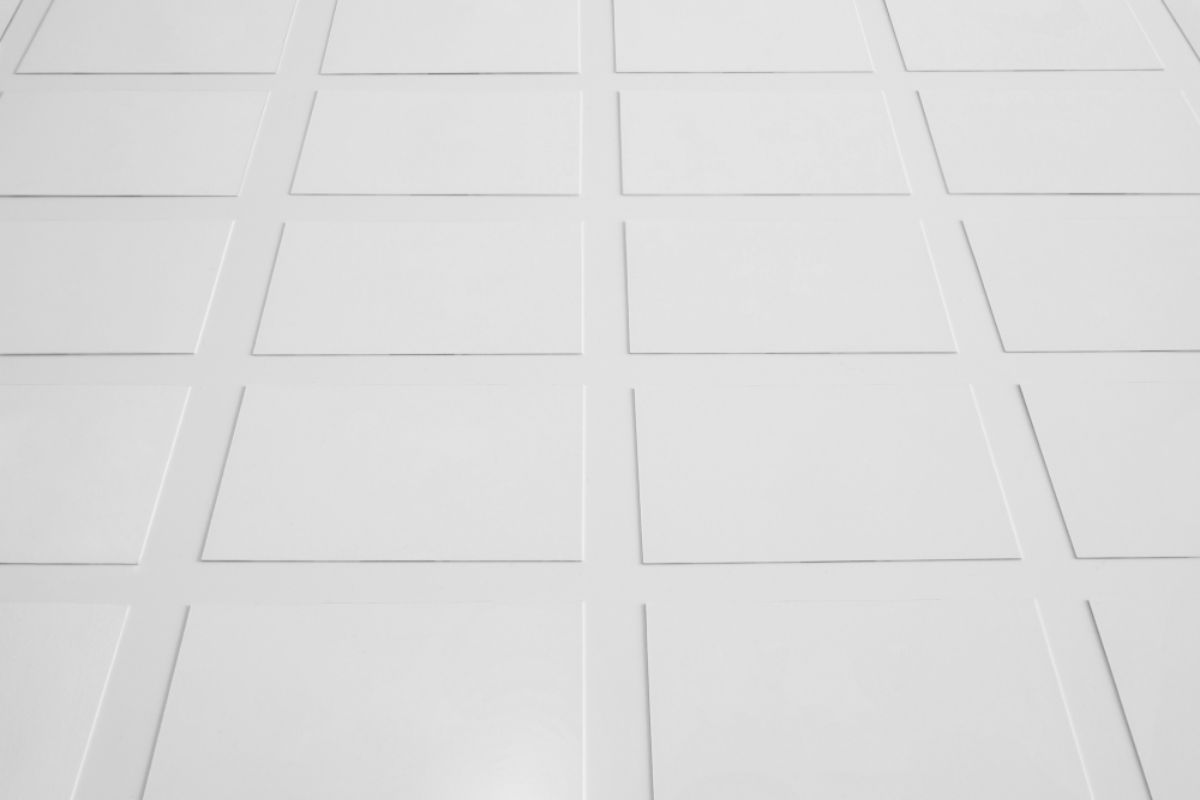What are things to know about rubber molding?
- Rubber molding process
- Uses of rubber molding
- Industries that use rubber molding
What is rubber molding? While commonly used in various industries, many people are unaware of the specifics of this process. Rubber molding is often done alongside injection molding and incorporates raw rubber compounds into a final injected molded product. This process is often used in industrial applications due to the rubber part’s durability and elasticity. In this article, we give a simple rundown on what rubber molding is, and how its products are used.
What Is Rubber Molding?
Rubber molding was created as an extension of the plastic molding industry in the 60s. Under high heat and pressure, a rubber material flows through a mold and acquires the intended shape. This can be performed with a wide range of rubber compounds, such as neoprene, silicone, EPDM, and much more.
The versatility of this process has allowed plastic injection molding manufacturers to improve the physical performance and variety of their finished products.
Rubber Molding Process
There are a few variations of the rubber molding process, but all have something in common: they use heat and pressure to mold rubber to the final product. The different methods are called injection, compression, and transfer. Another method, extrusion, is also used but is done without a mold.
The reason why this is produced and formed using a molding process is that heat and pressure are key for shaping the raw rubber properly. When molded, it is subjected to chemical processes that toughen the polymer chains of raw rubber. The polymer chains become crosslinked, preventing them from breaking or ripping under stress. Instead, they expand and contract. Heat is also needed to reduce the curing time for the raw rubber compounds.
The rubber molding process goes through preliminary design and manufacturing to create the appropriate mold. The mold can accommodate complex shapes and designs, as rubber can easily be formed when heated.
Once the mold design is completed, it is made into a metal mold, which can be manufactured out of hardened steel, copper, or aluminum. Steel is the most common choice as it is the most durable. Forming the mold is often done using computer programs, to precisely cut the mold as per the parameters of the design. This also makes the process more efficient, as time and waste are reduced.
Once the mold has been cast and made, manufacturers can proceed with their choice between the three methods:
- Compression — A two-part clamshell style of mold is used. Soft, raw rubber is placed into this mold, which is closed and heated. Pressure is applied to the mold using a hydraulic press. When the right pressure and temperature are reached, the rubber vulcanizes and keeps its shape once taken out of the mold.
- Transfer Molding — Similar to the compression method, but uses a pot and a transfer system attached to multiple molds. This system feeds raw rubber into the mold cavities after the press has been closed. From the pot, the raw rubber is forced through the transfer system and into the cavity using a heated piston. This is a highly efficient method for high production runs.
- Injection Molding — The method recommended for products with tight tolerances, requiring high precision. This method is similar to plastic injection molding, in that raw material is melted and injected into the mold through a nozzle and barrel assembly. The liquified rubber is packed tightly in the mold to form and cool down into the desired shape.
Uses of Rubber Molding
Rubber compounds can be shaped into complex shapes, forms, and geometries, allowing them to be incorporated in nearly every product design. Rubber is naturally flexible, durable, and elastic, which offers sealing and cushioning capabilities. These properties are valued for their ability to reduce impact, vibrations, and contamination, which make products more stable and durable.
Rubber molding is used to make a variety of inserts, and a few of them are:
- Bumpers — Used to reduce vibration and movement, to protect rigid parts from damage. Often found in furniture, work surfaces, circuit boards.
- Bushings — Similar to bumpers and used in machinery. Often found in motorcycles, trucks, bikes, and other vehicles.
- Diaphragms — Used to seal materials against leakage and friction. Often used as a barrier between two chambers or enclosures.
- Grommets — Rubber rings placed around metal openings. This cushions other materials passing through the opening from abrasion or friction.
- Isolators — Used to keep components stationary, which prevents them from getting damaged due to vibration or friction.
- Mounts — Used with isolators, they help reduce or control the number of vibrations within the equipment.
- Plugs — Formed for their end-use, they are used to hold equipment together and protect against contamination and dust.
- Seals — Used to seal and insulate chambers or compartments. This protects surfaces and prevents leaks or contamination from other materials.
- Pads — Serves the same purpose as bumpers or mounts, but are more versatile and can be used in large equipment.
Industries That Use Rubber Molding
Rubber molded products have nearly limitless use in a variety of industries. The guaranteed flexibility, elasticity, and durability of these products also allow them to be an essential component in several industrial processes and products.
- Aerospace — Rubber molding is used to make dependable and durable rubber inserts that can withstand extreme weather and temperatures. Gaskets and seals are often found in aircraft.
- Automotive — Rubber parts can be found in many sections of cars, motorbikes, trucks, and the like. Brakes, clutch seals, battery gaskets are just a few examples of their use.
- Print — Rollers used in graphic arts, printing presses, and similar processes in the print industry use rubber pads and other cushioning products to reduce the shock in the process.
- Home appliances — Many home appliances, such as refrigerators, coffee makers, washing machines, and more, use rubber molded parts to insulate and reduce friction in machinery.
- Electrical — Rubber molded parts are critical in this industry to improve safety and protection. They include outlet covers, plugs, and more, to prevent electromagnetic interference, shock, and chemical reactions in components.
There are many other applications in other fields such as medicine, agriculture, and the food and beverage industry. There are numerous uses for rubber molded products in different fields: from seals to preserve materials, to gaskets on equipment, to tubing to transfer and supply fluids.
Key Takeaway
Rubber molding is an essential part of the rubber production industry as different components and parts can be designed and formed according to specifications. This allows rubber molded products to meet a wide range of applications, in nearly every field imaginable.
If you are interested in learning more about this process or have inquiries about how it can fit into your product design, contact Richfields today. We are a leading plastic injection molding company with years of experience in producing plastic and rubber products.












